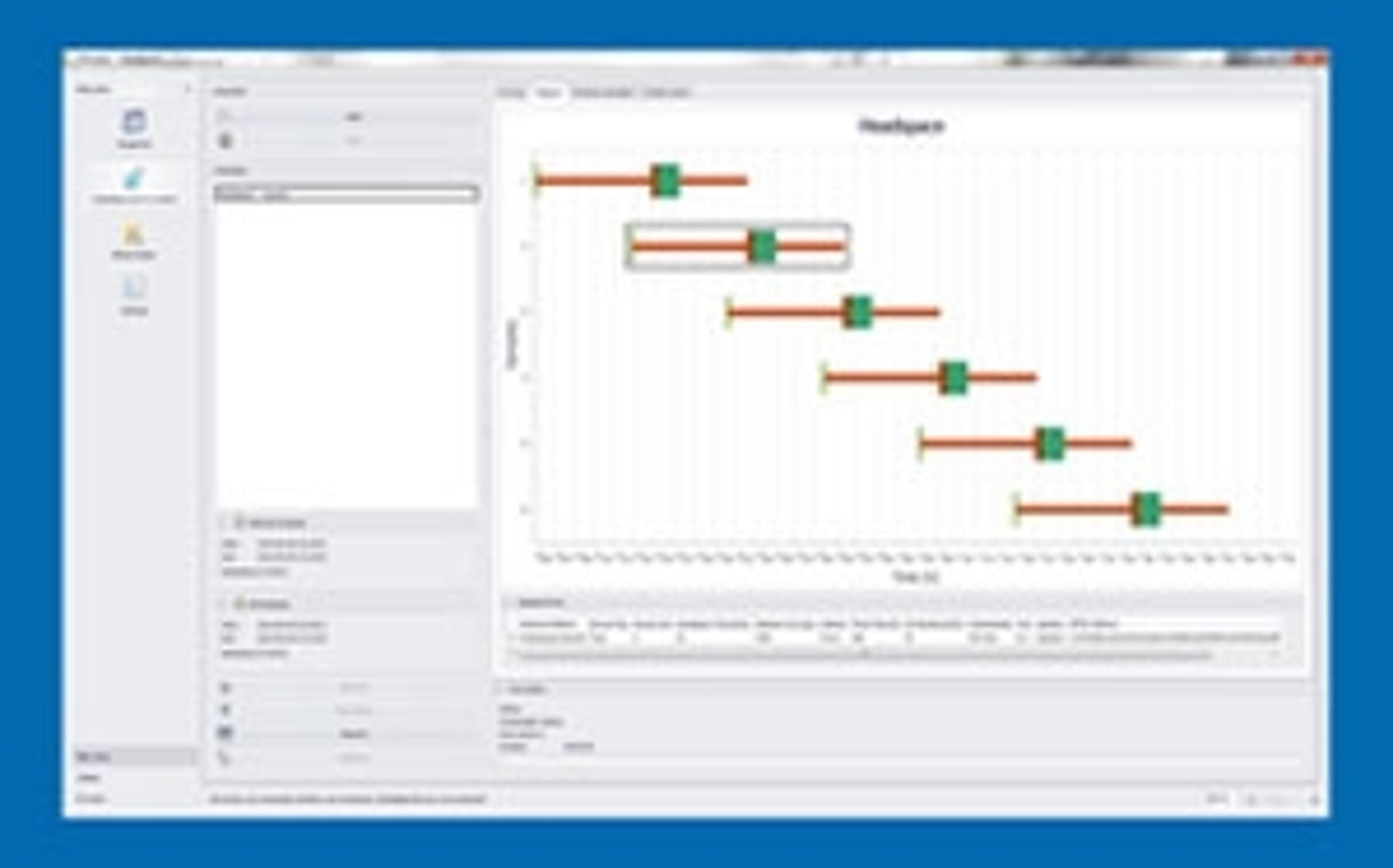New FAME Workstation Enables Automated Analysis of Oils and Fats
Axel Semrau have developed an automated sample preparation workstation to allow food manufacturers and researchers to easily and efficiently determine the fatty acid composition of foodstuffs.
13 Aug 2017
Animal and plant fats play an essential role as components of our everyday diet. According to the EU food information regulation from December 2016 manufacturers are obligated to declare the fatty acid composition on the packaging. Thus, the importance of fatty acid determination is increasing.
Watch the video to find out more about the FAME Workstation »
For the analysis of fatty acid methyl esters (FAME) regarding their fatty acid composition there are various methods which Axel Semrau has automated. These for example are the methods DGF C-VI 10 and C-VI 11, SLMB 269.1 and AOCS Ce 2-66. The latter includes a methylation using boron trifluoride, a highly toxic chemical - a highly unpleasant step for every operator. A manual sample preparation needs to be performed reliably and cleanly to avoid the risk of carryovers and achieve a good reproducibility.
Axel Semrau has developed an automated online sample preparation with subsequent gas chromatographic analytics. The FAME Workstation assumes manually difficult steps and provides a fast sample preparation. So, the automation does not only increase reproducibility but also the sample throughput.
The FAME Workstation assumes all steps which are necessary for the transesterification, methyation of fatty acids, extraction and injection. A integrated centrifuge accelerates the phase separation. Due to the chromatographic conditions, 27 - 40 samples may be processed within 24 hours. For the alternative sample preparation, for example the transesterification of short-chain fatty acids, the autosampler may be adjusted quickly and flexibly. Furthermore, various methods can be automated at one workbench.
Benefits:
- Manual handling limited to weighing of the sample and exchange of solvents
- Safe and user-friendly handling of chemical substances
- Clean sample transfer by robots
- Minimized risk of carryovers
- Minimized use of solvents through small volumes
- High reproducibility
- Online coupling of autosampler with the analytics
- Increased throughput by interlacing via CHRONOS
- Comparable data to manual sample preparation
The entire system is controlled by the software platform CHRONOS. A flexible evaluation at the GC can be performed by either Clarity 6.2 or MassHunter.

